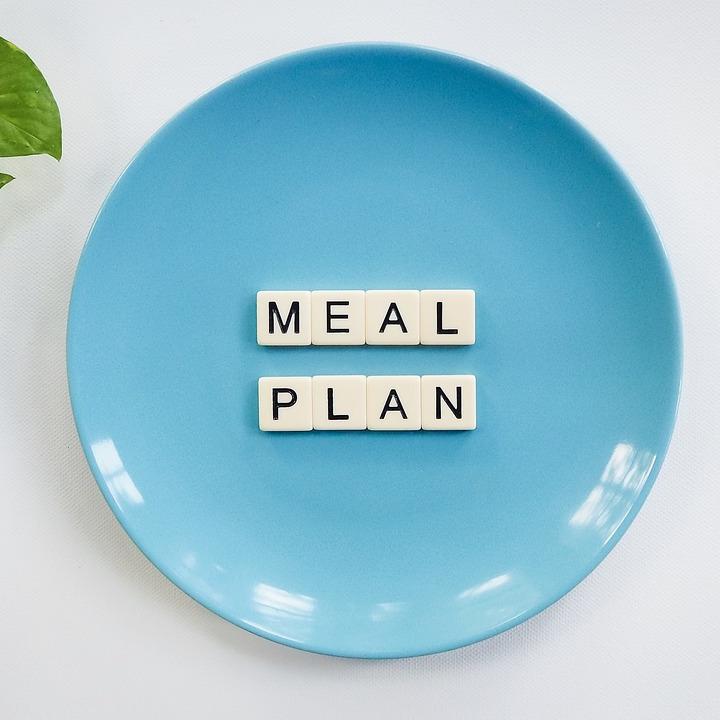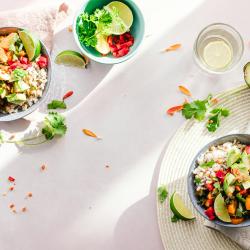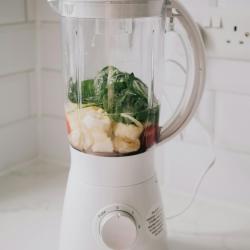5 Simple Strategies for Stress-Free Meal Planning
Meal planning can significantly alleviate the stress of daily cooking while promoting healthier eating habits and saving time and money. Here are five simple strategies to help you streamline your meal planning process and make it a stress-free experience.
1. Start with a Plan and Stick to a Schedule
The first and perhaps most crucial step in stress-free meal planning is setting aside dedicated time to plan your meals for the week. Choose a specific day that works best for you—often, weekends work well for many people—and allocate a couple of hours to plan your meals. Decide on the dishes you want to prepare each day, considering your schedule, dietary needs, and preferences.
Create a weekly calendar or use a meal planning app to jot down your meal ideas. Having this visual guide helps eliminate the "what's for dinner?" dilemma and ensures that you have all the necessary ingredients on hand.
2. Batch Cooking and Freezing
Batch cooking is a game-changer for anyone looking to save time in the kitchen. Dedicate a few hours once a week to cook large quantities of a few key recipes that can be easily reheated or repurposed throughout the week. Soups, stews, casseroles, and grains like quinoa and rice are perfect for batch cooking as they freeze well and can be paired with various sides and proteins.
Invest in good-quality freezer-safe containers and label them with the date and contents. This ensures that you always have a selection of homemade meals available, reducing reliance on takeout or quick fixes.
3. Embrace Leftovers
Instead of viewing leftovers as boring repeats, think of them as time-saving opportunities. Plan for days where leftovers can be intentionally used to create new meals—morph last night's roast chicken into a hearty salad or transform extra vegetables into a delightful stir-fry.
Smartly using leftovers not only minimizes food waste but also cuts down cooking time, allowing you more freedom to enjoy other activities. When planning your weekly menu, incorporate meals that share ingredients to maximize efficiency.
4. Simplify Ingredient Lists
Keep meals simple by focusing on recipes with a minimal number of ingredients. Not only will this shorten your shopping list, but it can also transform meal prep into a less daunting task. Opt for meals that use staple ingredients that you likely already have in your pantry or fridge, such as pasta, rice, canned tomatoes, or frozen vegetables.
Incorporate versatile ingredients like beans, eggs, and chicken—which can serve as the foundation for myriad meals—and consider seasonal produce for both freshness and cost-effectiveness. Experimenting with herbs and spices can elevate flavors without the need for complicated recipes.
5. Involve Family Members
Meal planning doesn’t have to be a solitary task. Involving family members can make the process more enjoyable and less burdensome. Encourage family members to contribute ideas and preferences, which can inspire new dishes and ensure everyone looks forward to mealtime.
Consider assigning simple meal prep tasks to children or other family members, such as washing vegetables, measuring ingredients, or setting the table. This not only promotes teamwork and shared responsibilities but also helps family members develop valuable cooking skills and a deeper appreciation for prepared meals.
Final Thoughts
By effectively implementing these simple strategies, meal planning can become a manageable and even rewarding aspect of your weekly routine. These practices promote not only culinary creativity but also well-being by reducing stress, saving time, and fostering healthier eating habits. As with any new routine, patience and practice are key. Start small, gradually incorporate these strategies, and enjoy a more organized and relaxed approach to daily meals.






















